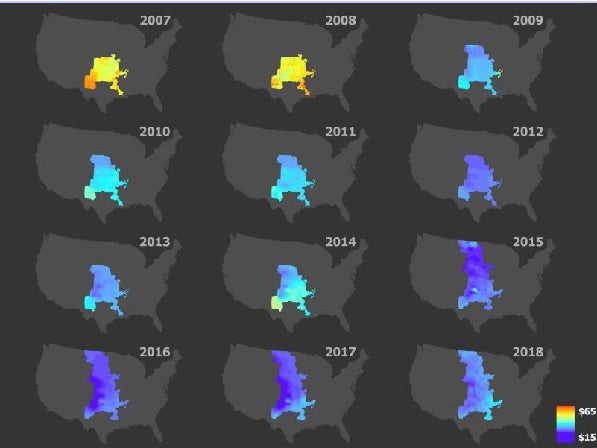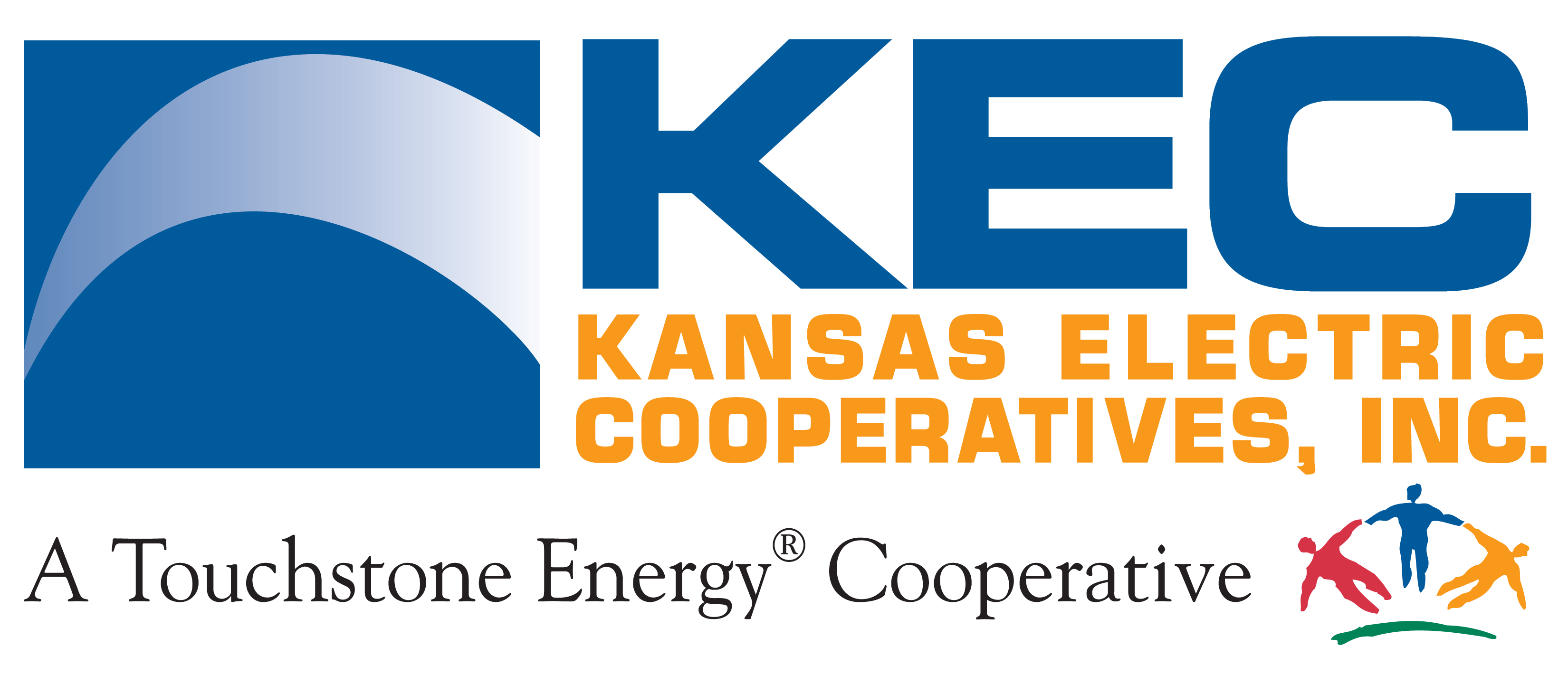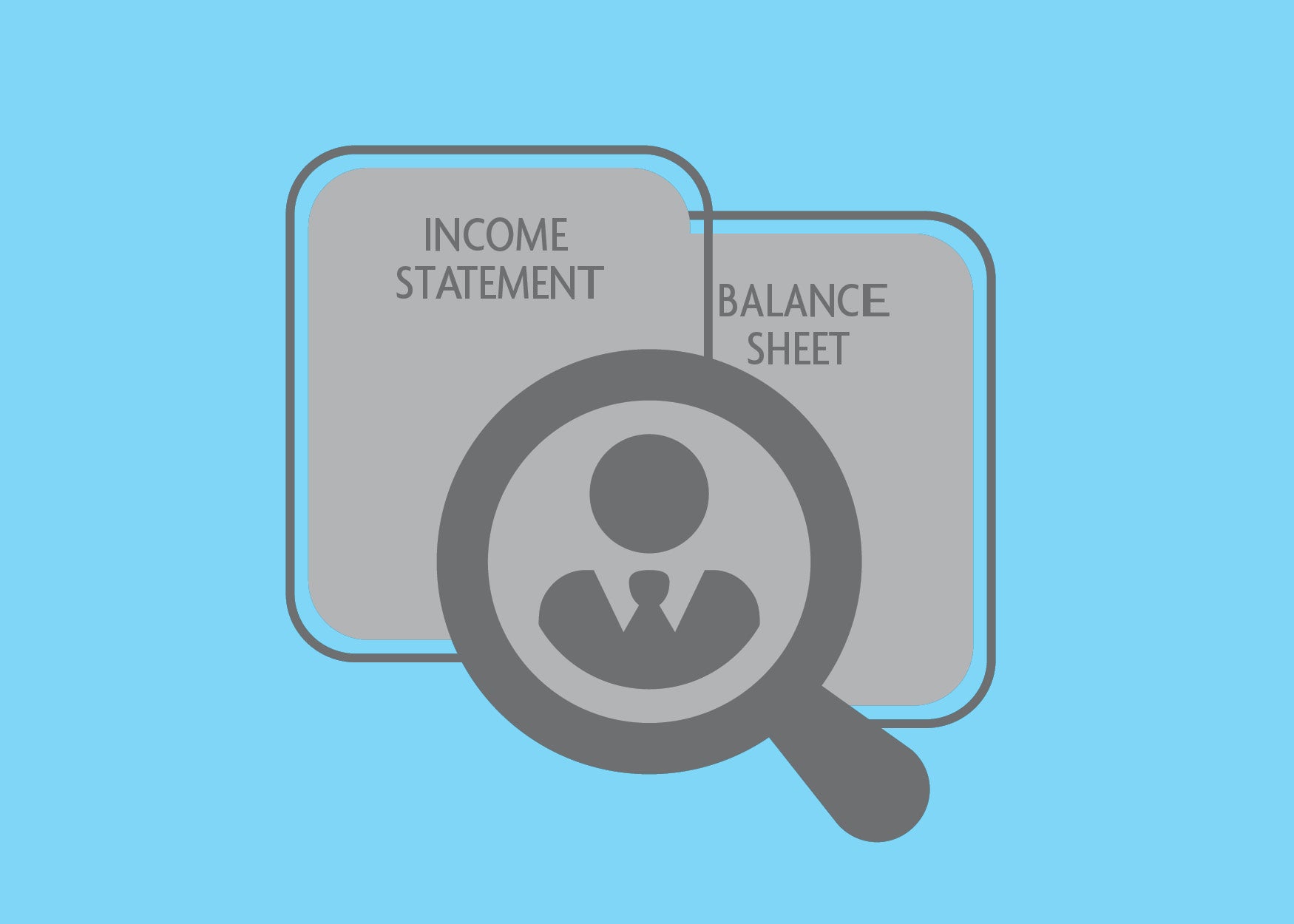Ratemaking
Electricity rates in Kansas have risen but they are still near the national average. For many years, Kansans have benefitted from electric rates that were well below the national average so frustration is understandable.
Utility rates differ widely, not only between states, but between the other utilities in Kansas. Besides Evergy and the other investor-owned utilities, there are 28 rural electric cooperatives and 118 municipal utilities in Kansas that make sure the lights are on, your food stays cold, and your phone stays charged. Rates for each of those utilities vary because costs vary and no two cooperatives are exactly alike. Each is shaped by their communities served, each with specific needs. Some of the electric cooperatives in Kansas serve fewer than two customers per mile of line which means higher rates. Cooperatives have a fair and just process to review rates, set rates, and appeal rates.
The Value of Energy
Most people only think about the cost of electricity when the monthly bill arrives. It may be hard at that time to recognize the value it represents – four full weeks of heating and cooling comfort, refrigeration, lights, meal preparation, clothes washing, drying and ironing, television and other media entertainment, computer, internet and cell phone charging. Electricity has simplified household and professional chores and improved the quality of life – and our life expectancy.
And you can still get significant value out of a few cents’ worth of electricity. You can power a 9-watt LED lightbulb – the equivalent of a 60-watt incandescent bulb – 12 hours for just a couple pennies. A penny’s worth of electricity will power a microwave for about 4 minutes and a desktop computer for nearly 30 minutes.
Where else can you get that kind of value? The government can’t even make a penny for a penny anymore. According to the U.S. Mint, it now costs 1.5 cents to produce one.
Value can also be measured in other ways. Investments by utilities in environmental and regulatory upgrades have cut emissions and cooperatives in Kansas are leaders in emission-free energy production. For example KEPCo provides its 19-member cooperatives more than half their energy supply from emission-free sources.
The cost of powering your home rises slowly when compared to other common expenses. Looking at price increases over the last five years, it's easy to see the value of electricity continues to shine!
The Southwest Power Pool (SPP)
The Southwest Power Pool (SPP) is a regional transmission organization: a nonprofit corporation mandated by the Federal Energy Regulatory Commission to ensure reliable supplies of power, adequate transmission infrastructure and competitive wholesale electricity prices on behalf of its members.
Founded in 1941, today the SPP oversees the bulk electric grid and wholesale power market in the central United States on behalf of a diverse group of utilities and transmission companies in 17 states. Your Kansas electric cooperatives are members of the SPP and the integrated marketplace that it provides.
What is an Integrated Market
Integrated Marketplace: Participants buy and sell wholesale electricity in day-ahead and real-time.
Day-Ahead Market commits the most cost-effective and reliable mix of generation for the region.
Real-Time Balancing Market dispatches generation to balance real-time generation and load.
1. Power company has peak load of 100 MW; it must secure generation capacity of 112 MW.
2. Power company “bids in” its generation at operating cost into “Day-Ahead Market.”
3. SPP dispatches most cost-efficient generation to meet load. The “Market” sets real-time price in 5-minute increments.
4. Power company pays real-time price for power at one of 527 “trading hubs.” SPP settles with check or invoice issued monthly.
What does participating in the SPP mean to our members? Savings.
Real-Time Market has saved $2.7 Billion SPP-wide since 2014
Congestion of wind in western Kansas has helped lower Real-Time Market Prices in certain trading hubs.

Average Real-Time Market Prices (2007-2018)









